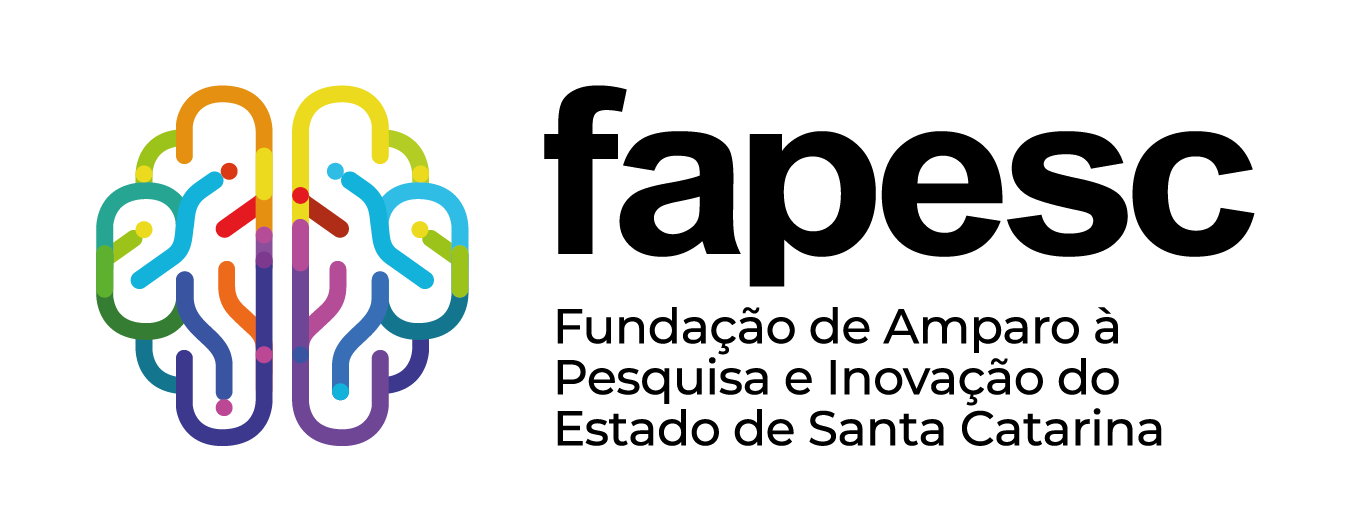Multivariate analysis applied to the discrimination of genotypes in cooking time traits in common bean (Phaseolus vulgaris L.)
DOI:
https://doi.org/10.5965/223811712232023358Keywords:
cooking time, stepwise, dissimilarity, plant breedingAbstract
Routine evaluations of cooking time trait in common bean (Phaseolus vulgaris L.) can be performed in different ways resulting in different variables. At the same time, the univariate statistical analysis does not consider the interdependencies between the variables, and may omit important information regarding the genotypes. With this, the objective of this work was to present an alternative proposal for analysis of the cooking time in common bean, allowing the discrimination between genotypes. The experiment used for this approach was conducted under field conditions in the 2017/18 agricultural season in Lages, Santa Catarina, Brazil. The treatments consisted of twelve genotypes, (four parents, structured in two crossings BAF50 x BAF07 and BAF09 x IPR 88 Uirapuru, with their generations F2, F3, F8 and F9). The design used was randomized blocks, with two blocks and two observations in each experimental unit. After the harvest, the response variable cooking time of the grains was measured with a Mattson cooker, considering the cooking time of the 13 initial stems. In the multivariate analysis, the variables cooking time of the second (TCH2), twelfth (TCH12) and thirteenth stem (TCH13) were used based on their significance by the stepwise variable selection method. Multivariate analysis of variance showed differences between genotypes (P<0.05). From the dissimilarity matrix with the Mahalanobis distances and the clustering dendrogram, it was possible to verify the distances of the genotypes derived from crosses BAF50 x BAF07 and BAF09 x IPR 88 Uirapuru. With that, the multivariate analysis enabled the genotypes, additionally the crossing BAF50 x BAF07 showed higher estimates of dissimilarity in the progenies.
Downloads
References
ALLARD RW. 1971. Princípios do melhoramento genético das plantas. São Paulo: Edgard Blucher. 381p.
ARNS FD et al. 2018. Combined selection in carioca beans for grain size, slow darkening and fast-cooking after storage times. Euphytica 214: 66.
ARRUDA B et al. 2012. Environment is crucial to the cooking time of beans. Ciência e Tecnologia de Alimentos 32: 573-578.
BRASIL. 2006. Ministério da Agricultura, Pecuária e Abastecimento. INSTRUÇÃO NORMATIVA Nº 25, DE 23 DE MAIO DE 2006. 2006. Disponível em: https://www.gov.br/agricultura/. Accesso em: 10 fev. 2023.
CHIORATO AF et al. 2010. Genetic gain in the breeding program of common beans at IAC from 1989 to 2007. Crop Breeding and Applied Biotechnology 10: 329-336.
CICHY KA et al. 2019. The role of genotype and production environment in determining the cooking time of dry beans (Phaseolus vulgaris L.). Legume Science 1: 1-13.
COIMBRA JLM et al. 2007. Técnicas multivariadas aplicadas ao estudo da fauna do solo: contrastes multivariados e análise canônica discriminante. Revista Ceres 54: 271-277.
CONAB. 2022. Acompanhamento da Safra Brasileira de Grãos. Brasília: CONAB.
CRUZ CD et al. 2020. Biometria aplicada ao estudo da diversidade genética. Viçosa: UFV. 614p.
DELLAGOSTIN M et al. 2011. Dissimilaridade genética em população segregante de soja com variabilidade para caracteres morfológicos de semente. Revista Brasileira de Sementes 33: 689-698.
FALCONER DS & MACKAY TFC. 1996. Introduction to quantitative genetics. Essex: Longmans Green.
KATUURAMU DN et al 2020. On-farm multi-location evaluation of genotype by environment interactions for seed yield and cooking time in common bean. Scientific reports 10: 1-12.
KOPPEN W & GEIGER R. 1930. Handbuch der klimatologie. Berlin: Gebrüder Borntraeger.
LOS FGB et al. 2018. Beans (Phaseolus vulgaris L.): whole seeds with complex chemical composition. Current Opinion in Food Science 19: 63-71.
MATTSON S. 1946. The cookability of yellow peas. A colloid-chemical and biochemical study. Acta Agriculturae Suecana 2: 185-231.
MELO RCD et al. 2020. Pressuposições do modelo estatístico atendidas por modelos lineares: clássicos e generalizados mistos. Revista Ciência Agronômica 51: 1.
MORRISON DE. 1976. Multivariate statistical methods. New York: McGrw-Hill. 338p.
PEREIRA HS et al. 2017. Culinary and nutritional quality of common bean lines with Carioca grain type and interaction with environments. Revista Ceres 64:159-166.
PROCTOR JR & WATTS BM. 1987. Development of a modified Mattson bean cooker procedure based on sensory panel cookability evaluation. Canadian Institute of Food Science and Technology Journal 20: 9-14.
R CORE TEAM 2023. R: A Language and Environment for Statistical Computing. R Foundation for Statistical Computing. Vienna, Austria. Disponível em: https://www.R-project.org/
RENCHER AC. 2002. Methods of multivariate Analysis. 2.ed. New York: A Wiley-Interscience publication. 740p.
RIBEIRO ND et al. 2023. Ganho genético para caracteres tecnológicos de novas cultivares desenvolvidas pela rede sul brasileira de feijão. Ciência e Agrotecnologia 47: e019322.
RIBEIRO ND et al. 2007. Padronização de metodologia para avaliação do tempo de cozimento dos grãos de feijão. Bragantia 66: 335-346.
SOUZA EA et al. 2000. Alternativas experimentais na avaliação de famílias em programas de melhoramento genético do feijoeiro. Pesquisa Agropecuária Brasileira 35: 1765-1771.
SMITH G. 2018. Step away from stepwise. Journal of Big Data 5: 1-12.
WIESINGER JA et al. 2016. Demonstrating a Nutritional Advantage to the Fast-Cooking Dry Bean (Phaseolus vulgaris L.). Journal of Agricultural and Food Chemistry 64: 8592-8603.
Downloads
Published
How to Cite
Issue
Section
License
Copyright (c) 2023 Authors & Revista de Ciências Agroveterinárias

This work is licensed under a Creative Commons Attribution-NonCommercial 4.0 International License.
Authors publishing in this journal are in agreement with the following terms:
a) Authors maintain the copyrights and concede to the journal the copyright for the first publication, according to Creative Commons Attribution Licence.
b) Authors have the authority to assume additional contracts with the content of the manuscript.
c) Authors may supply and distribute the manuscript published by this journal.






